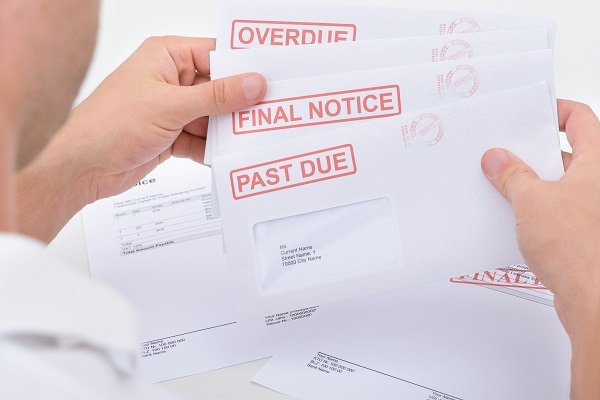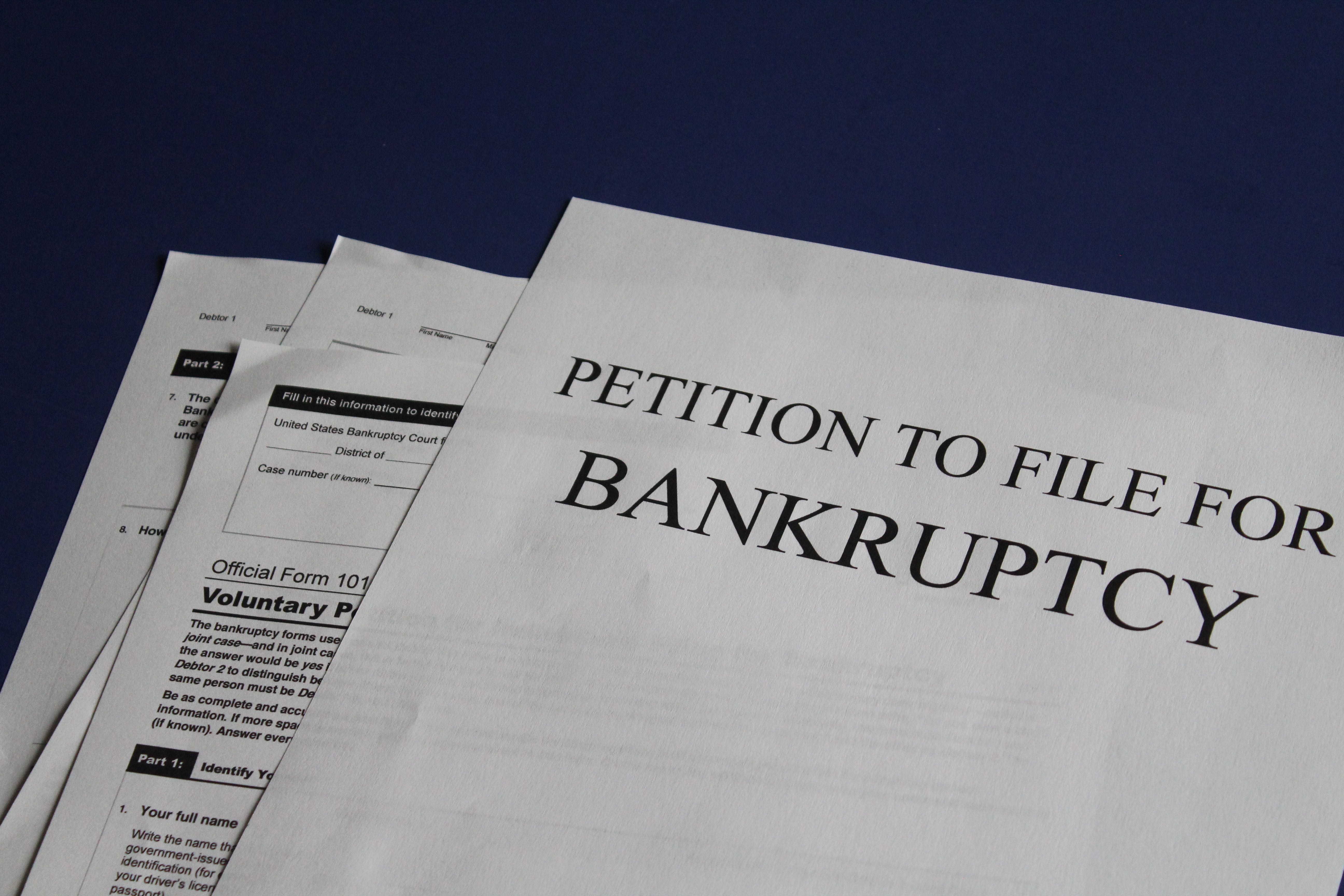There were over 50,000 filings in California in 2019 and those numbers don’t seem to be going down any time soon. Clearly, borrowers still see bankruptcy as a way to prevent and/or slow down the foreclosure process once they’ve defaulted on their loan. What can banks and private lenders do to proactively prevent their borrowers from filing bankruptcy or reducing the amount of time the foreclosure is held up by the bankruptcy court? In some situations, the lender can get extraordinary “in rem” relief.
Borrowers flock to the bankruptcy court to take advantage of the automatic stay that requires creditors to maintain the status quo the minute the bankruptcy petition is filed. The automatic stay prohibits the creditor from taking of any action against the debtor (i.e. the borrower), the estate, and the debtor’s property (like the property the lender took as collateral for the loan).
Other than the bankruptcy case being dismissed, there is only one way for creditors to get relief from this automatic stay: filing a motion with the court. A motion for relief from stay is a way to petition the court to allow you to continue to foreclose and/or collect against your borrower. If a court grants the lender’s request for relief from stay, the lender can continue with the foreclosure sale, state court litigation against the borrower, or any other actions to collect the debt. In certain situations, the court may also grant extraordinary “in rem” relief.
Extraordinary “in rem” relief, also known as (d)(4) relief, is relief specifically to the real property at issue, rather than to the specific bankruptcy case itself, and it stops subsequent bankruptcy cases from halting your foreclosure if the order is recorded. Essentially, if you get “in rem” relief, you can continue with your foreclosure no matter how many more bankruptcy cases are filed that try to halt the sale. This is important because many borrowers either file multiple bankruptcies or transfer the property to multiple people who file bankruptcy in order to stall the foreclosure sale as long as possible. Some borrowers even pretend to transfer the property to a random third party who happened to file bankruptcy that same day (i.e. hijacking cases).
So what does it take to get this extraordinary “in rem” relief? As the name suggests, it takes extraordinary circumstances for the court to say that the lender can override the bankruptcy protections for any and all bankruptcy cases filed affecting the real property for the next two years. The lender must prove the debtor’s filing of the bankruptcy petition was part of a scheme to hinder, delay, or defraud creditors that involved (1) a transfer of the real property right before or immediately after the bankruptcy filing or (2) multiple bankruptcy filings that have affected the property. Even then, some judges have additional guidelines and/or circumstances that must be met before this relief is granted.
Lenders should contact an attorney before seeking “in rem” relief to determine the best strategy for filing the motion for relief from stay and evidence to be included with the motion.





